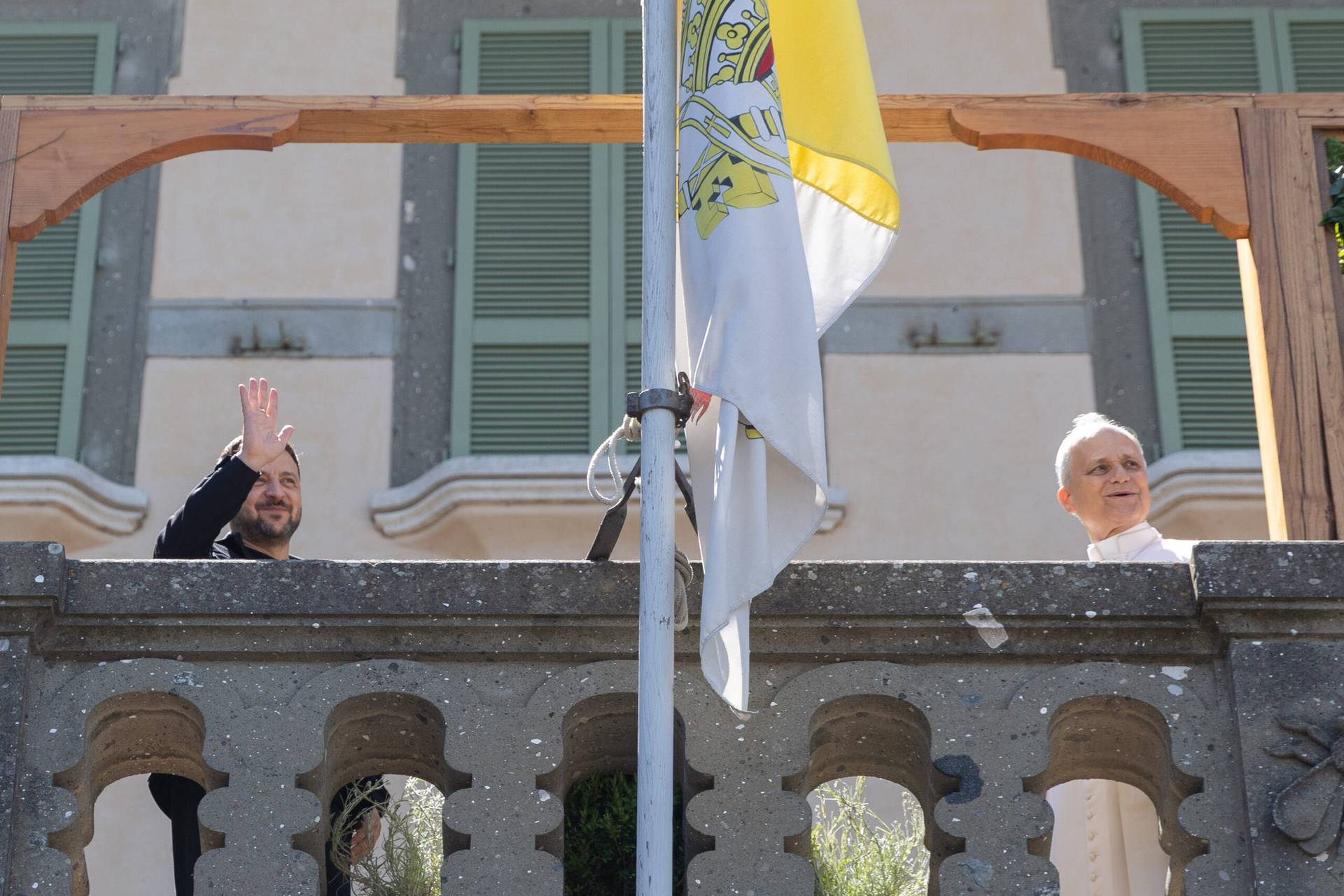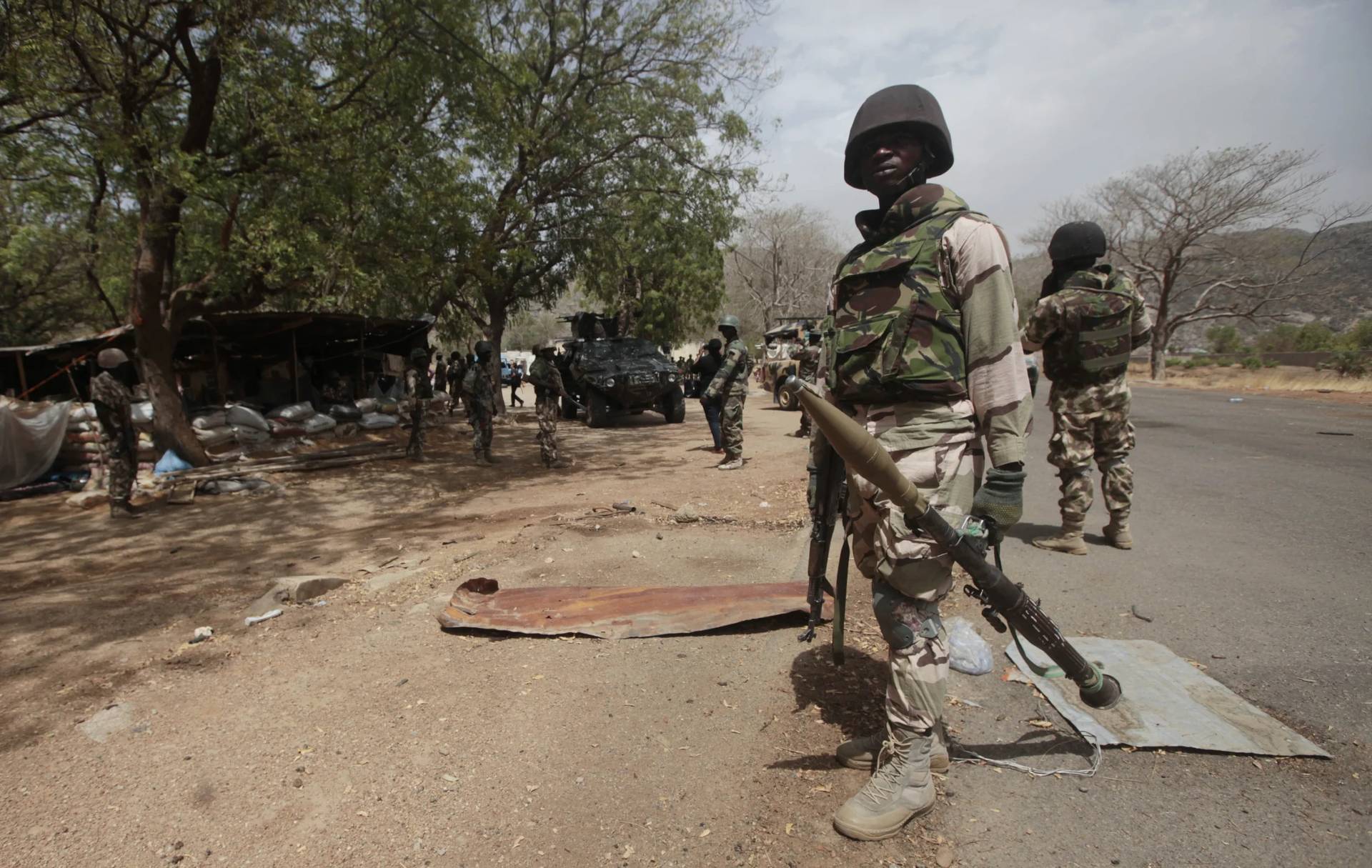On the contemporary Christian landscape, arguably there was no greater success story in the 20th century than the phenomenal growth of Pentecostalism, an exuberant form of spirituality rooted in the Biblical gifts of the Holy Spirit, and its related expressions inside the traditional denomination known as the “charismatic” movement.
Starting from essentially zero, by the end of the 20th century there were an estimated 600 million Pentecostals and charismatics around the world, representing one-quarter of all Christians — more than all the Orthodox, Anglicans, and Lutherans on the planet put together.
The World Christian Database estimates the total number of Catholic Charismatics in the world at 120 million, which would be roughly 11 percent of the total Catholic population. The Pew Trust survey found that 14 percent of Catholics in the United States, a block of almost 10 million people, consider themselves “Charismatic,” with Hispanic Catholics nearly five times more likely to take part in charismatic activities.
Charismatic spirituality – which often involves speaking in tongues, signs and wonders, healings and exorcisms, in addition to high-octane and deeply emotive forms of praise and worship – may not be everybody’s cup of tea, but there’s no denying the movement matters.
In Italy, one of the best-known exponents of the Catholic charismatic impulse is Salvatore Martinez, the first lay president of “Renewal in the Holy Spirit,” the country’s largest charismatic organization. By virtue of being in Italy, he’s often a go-to figure for the Vatican when it needs a read on what’s percolating in the charismatic world.
On July 10, Martinez spoke to Vatican Radio about a recent Vatican document on the relationship between the hierarchy and new lay movements in the Church, titled Iuvenescit Ecclesia, and more broadly, about the impact of Francis’s papacy on the interaction between the Church’s power structure and its people.
In a nutshell, Martinez said he sees a certain “discontinuity in ideas” between Francis and his two predecessors, St. John Paul II and Benedict XVI.
The great advance under those two popes, he said, was coming to see the hierarchy and the people, including the new movements, as “co-essential” parts of the Church. Today, he said, Francis has carried things forward by styling the hierarchy and the people as “co-missionary,” putting the emphasis not on physiology but on faith in action.
The following are excerpts from the interview, in a Crux translation from Italian.
What does Iuvenescit Ecclesia mean when it says that hierarchical and charismatic gifts are “co-essential” for the Church?
The day after that famous May 30, 1998 moment, when for the first time one heard this word “co-essential” about the hierarchical and charismatic gifts in the constitution of the Church, L’Osservatore Romano published “almost co-essential.” [Note: The reference is to a 1998 gathering of new movements with Pope John Paul II in St. Peter’s Square.]
There was a certain resistance, I would say, in the physiological reading of the Church.
Gifts must never divide, but always unite. There’s a complementarity, a communal dimension that’s very strong. So, if [realizing this] was the stage marked by the pontificates of John Paul II and Benedict XVI, Francis is going further, with a certain discontinuity of ideas with his two predecessors.
Today is the stage of seeing the charisms as “co-missionary,” both the charisms that belong to the hierarchy and those of the people of God through the force of baptism.
Today, therefore, the great question is this communion that’s internal to the Gospel, internal to the love that one ought to feel in our communities, and that the Church must be capable of expressing to the world.
This is the ‘New Evangelization’ that impels the Christian conscience, looking around at our world: the need for mercy, which fortunately Pope Francis poses as the hermeneutical key of his pontificate, and which ought to make us look with great admiration, as St. Augustine would say, at this reality of the Spirit and its gifts. But we have to be concrete, and we can’t just play around with the logic of this co-responsibility inside the Church, almost as if it were a battle for space.
The real space is the world, the real space is in the lives of people. It’s here that the charismatic dimension must make itself seen, and it’s also here that the hierarchical dimension of the Church, understood as service, must be expressed.
Iuvenescit Ecclesia, therefore, says this to us: It’s fundamental today to start again from a charismatic reading of the Church, looking at our world which needs to be ‘charismaticized,’ that is, to be placed under the power of grace, under the power of the Holy Spirit.
Some thought this document was trying to “fence in” the Holy Spirit …
If we give a ‘disciplinary’ reading to the document, it’s as if we’re talking about a power struggle! I believe that would not only be an unhappy reading of Iuvenescit Ecclesia, but truly inappropriate.
The real question today is something else, and I’m speaking here from experience and a little sense of the history of the last several years.
There’s a clear need to recognize, in an ecclesial discernment, the prophetic dimension one finds among the laity and the supreme, sovereign eruption of the Holy Spirit in the lives of so many people, who are then ‘used’ by God through these gifts. But the question isn’t if the charismatic reading of the Church is legitimate, but where it’s pushing us, carrying us, and what the real needs are of our time.
This pontificate of ours, what’s before our eyes, is profoundly incarnate.
















